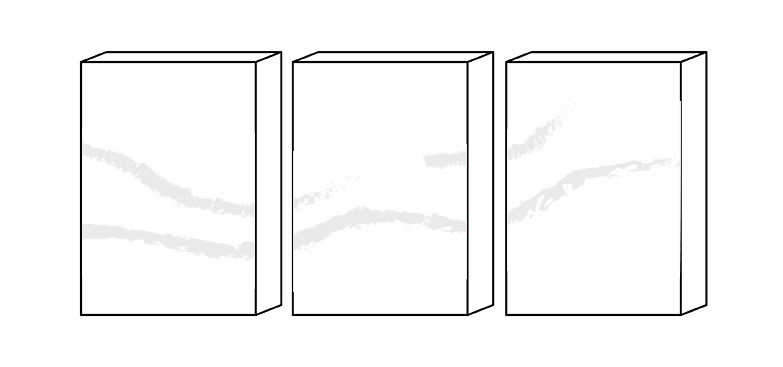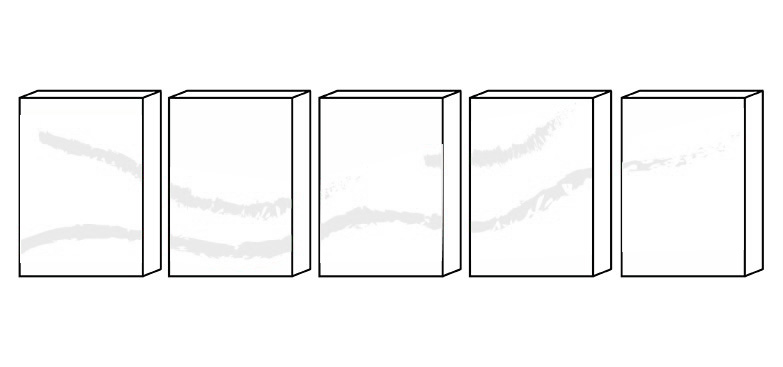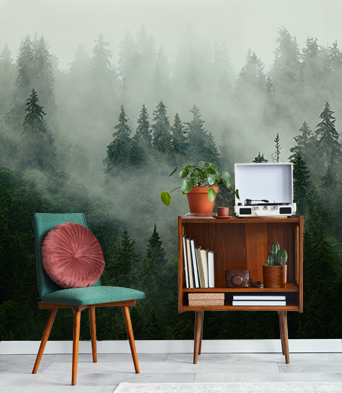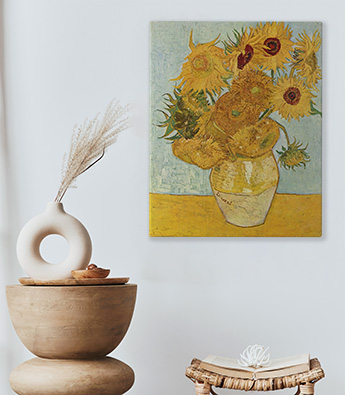
Obraz na plátně
Naše obrazy jsou tištěny na vysoce kvalitním uměleckém plátně CANVAS, které je nataženo na pevné vnitřní rámy z borovice. Boční okraje plátna jsou potištěné. Obraz je připraven k zavěšení na stěnu okamžitě po rozbalení zásilky.
- ✓ Umělecké plátno CANVAS
- ✓ Vysoká kvalita
- ✓ Vnitřní rám z borovice
Gramáž plátna: 300 g/m2
Dostupné možnosti: Obrazy v jednom kuse nebo ve více částech (skládající se ze dvou, tří, čtyř nebo pěti částí)
Způsob čištění: vlhkým hadříkem
Zásilka obsahuje: obraz (potištěné plátno natažené na vnitřní rámy), háčky a hřebíčky

Obraz v rámu
Naše obrazy jsou tištěny na vysoce kvalitním uměleckém plátně CANVAS, které je nataženo na pevné vnitřní rámy z borovice. V této verzi je obraz navíc klasicky zarámován - používáme dřevěný vnější rám. Na výběr máte dvě barvy (černou nebo hnědou). Vnější rámy jsou dostupné v konkrétních rozměrech. Obraz je připraven k zavěšení na stěnu okamžitě po rozbalení zásilky.
- ✓ Umělecké plátno CANVAS
- ✓ Potištěné boční okraje plátna
- ✓ Vnitřní rám z borovice
Gramáž plátna: 300 g/m2
Dostupné doplňky: Vnější dřevěné rámy jsou dostupné ve dvou barvách
Způsob čištění: Materiál je možné přetřít vlhkou utěrkou
Zásilka obsahuje: obraz (potištěné plátno natažené na vnitřní rámy), dřevěný vnější rám, háčky a hřebíčky

Dvoudílný obraz na plátně
Naše obrazy jsou tištěny na vysoce kvalitním uměleckém plátně CANVAS, které je nataženo na pevné vnitřní rámy z borovice. Obraz je připraven k zavěšení na stěnu okamžitě po rozbalení zásilky.
- ✓ Dvě části
- ✓ Umělecké plátno CANVAS
- ✓ Potištěné boční okraje plátna
- ✓ Vnitřní rám z borovice
Gramáž plátna: 300 g/m2
Způsob čištění: vlhkým hadříkem
Zásilka obsahuje: obraz (potištěné plátno natažené na vnitřní rámy), háčky a hřebíčky

Třídílný obraz na plátně
Naše obrazy jsou tištěny na vysoce kvalitním uměleckém plátně CANVAS, které je nataženo na pevné vnitřní rámy z borovice. Obraz je připraven k zavěšení na stěnu okamžitě po rozbalení zásilky.
- ✓ Tři části
- ✓ Umělecké plátno CANVAS
- ✓ Potištěné boční okraje plátna
- ✓ Vnitřní rám z borovice
Gramáž plátna: 300 g/m2
Způsob čištění: vlhkým hadříkem
Zásilka obsahuje: obraz (potištěné plátno natažené na vnitřní rámy), háčky a hřebíčky

Čtyřdílný obraz na plátně
Naše obrazy jsou tištěny na vysoce kvalitním uměleckém plátně CANVAS, které je nataženo na pevné vnitřní rámy z borovice. Obraz je připraven k zavěšení na stěnu okamžitě po rozbalení zásilky.
- ✓ Čtyři části
- ✓ Umělecké plátno CANVAS
- ✓ Potištěné boční okraje plátna
- ✓ Vnitřní rám z borovice
Gramáž plátna: 300 g/m2
Způsob čištění: vlhkým hadříkem
Zásilka obsahuje: obraz (potištěné plátno natažené na vnitřní rámy), háčky a hřebíčky

Pětidílný obraz na plátně
Naše obrazy jsou tištěny na vysoce kvalitním uměleckém plátně CANVAS, které je nataženo na pevné vnitřní rámy z borovice. Obraz je připraven k zavěšení na stěnu okamžitě po rozbalení zásilky.
- ✓ Pět částí
- ✓ Umělecké plátno CANVAS
- ✓ Potištěné boční okraje plátna
- ✓ Vnitřní rám z borovice
Gramáž plátna: 300 g/m2
Způsob čištění: vlhkým hadříkem
Zásilka obsahuje: obraz (potištěné plátno natažené na vnitřní rámy), háčky a hřebíčky
 PLN
PLN BRL
BRL CZK
CZK EUR
EUR EUR
EUR EUR
EUR EUR
EUR GBP
GBP RUB
RUB SEK
SEK USD
USD





































































